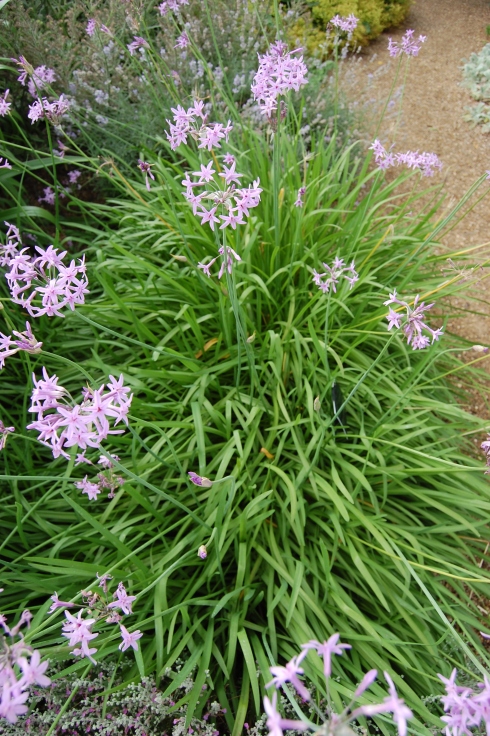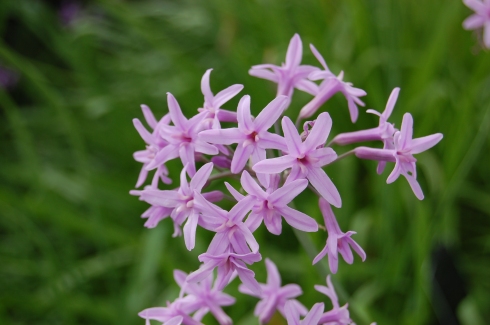Position: Full sun
Flowering period: Summer to early autumn
Soil: Moist, well drained
Eventual Height: 1.2m
Eventual Spread: 50cm
Hardiness: 9b, 10a, 10b, 11, 12, 13
Family: Asteraceae
Tithonia rotundifolia ‘Torch’, commonly known as Mexican Sunflower or Red Sunflower, is an evergreen perennial with a upright habit. The species, Tithonia rotundifolia, is native to Central America, regions adjacent to the Gulf of Mexico and the Caribbean Islands. In its native habitat it grows within scrubby vegetation. Its orange flowers are up to 9cm across and attractive to pollinating insects, including bees. Tithonia rotundifolia ‘Torch’ may be grown as an annual in cooler climates once the frost has passed, in a mixed border in a sunny location. Due to its height, this plant may require support as it matures. Removing old flowers will prolong the flowering season of this plant. Tithonia rotundifolia ‘Torch’ is drought tolerant once established.









